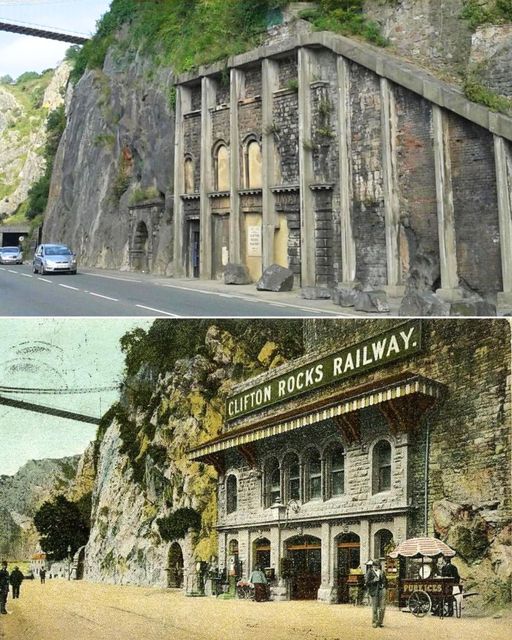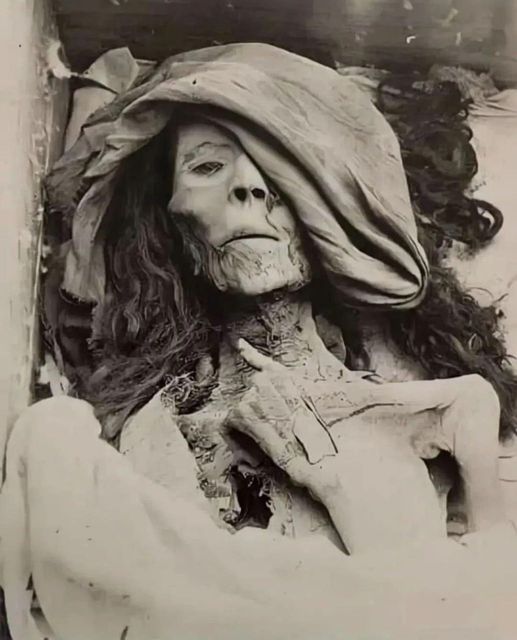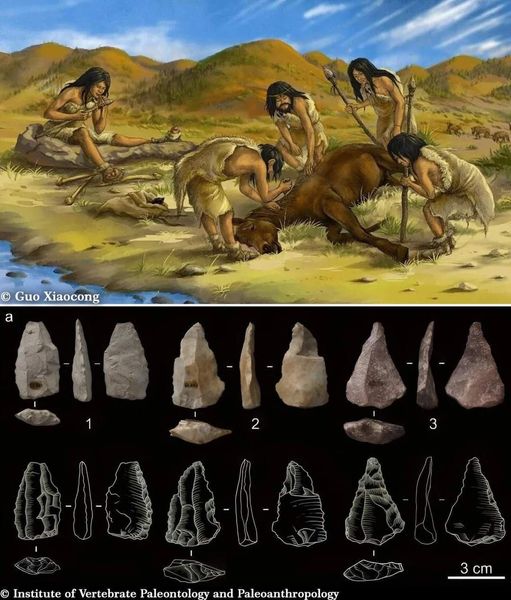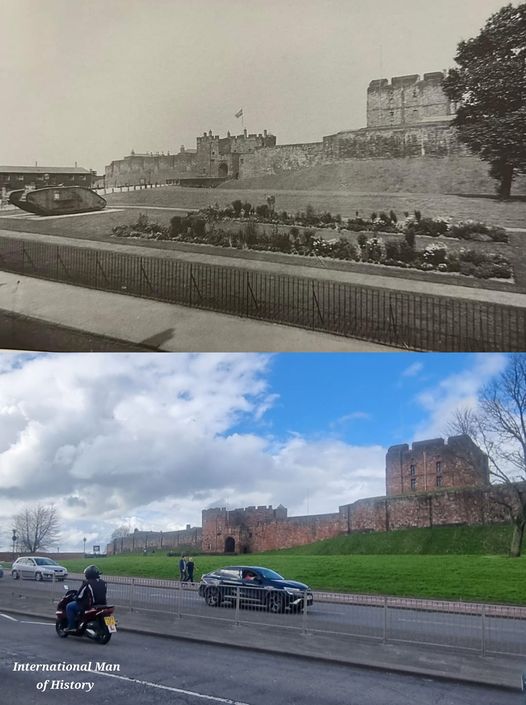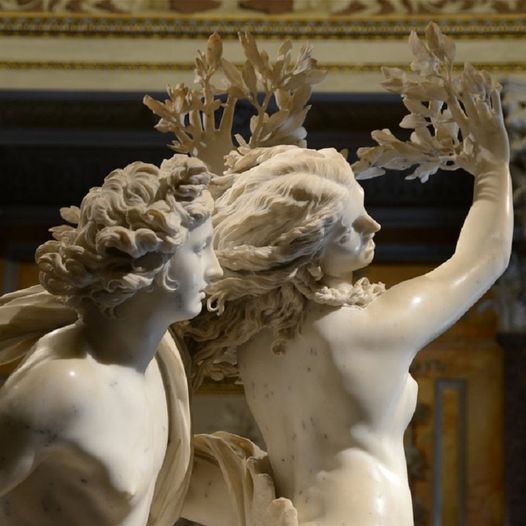Deep within the National Museum of Archaeology, Anthropology, and History of Peru in Lima lies a remarkable testament to ancient Peruvian culture—the Paracas Necropolis. This necropolis, first discovered by Peruvian archaeologist Julio C. Tello, offers a captivating glimpse into the rituals and customs of the Topará culture, which thrived in the Chincha Valley from 500 BC to 200 AD. At the heart of this necropolis lies the Warikayan estate, a complex of underground chambers containing hundreds of funeral graves adorned with intricately wrapped mummies and famed Paracas textiles. Join us as we embark on a journey to unravel the mysteries of this fascinating archaeological site.

The Legacy of the Topará Culture: The Paracas Necropolis represents a pinnacle of the Topará cultural tradition, centered around the Chincha Valley. The Warikayan estate, with its underground chambers, served as a sacred repository for generations of families and clans to honor their ancestors through burial rituals. Each chamber within the estate was dedicated to a specific family or clan, hosting numerous funeral graves over the centuries. The necropolis is a testament to the reverence and spiritual significance attached to ancestral worship among the ancient inhabitants of the Chincha Valley.

The Enigmatic Paracas Blankets: One of the most intriguing aspects of the Paracas Necropolis is the discovery of the renowned "Paracas Blankets." These textiles, wrapped around the mummified remains, are renowned globally for their exceptional craftsmanship and intricate designs. Woven with remarkable skill and precision, these blankets exhibit a sophisticated understanding of textile production and artistic expression. The motifs and patterns found on the Paracas Blankets offer valuable insights into the cosmology, beliefs, and societal structure of the Topará culture, providing a tangible link to the past.

Preservation by Nature's Hand: The remarkable preservation of the mummies and textiles within the Paracas Necropolis is owed to the unique environmental conditions of the region. The arid desert climate of the Chincha Valley, combined with the underground chambers of the Warikayan estate, created a natural environment conducive to the preservation of organic materials. As a result, the mummies and textiles have withstood the test of time, offering archaeologists and historians an invaluable opportunity to study ancient Peruvian culture in unprecedented detail.

The Importance of Archaeology: The discovery and ongoing study of the Paracas Necropolis highlight the critical role of archaeology in uncovering and preserving our collective heritage. By meticulously excavating and analyzing sites like the Warikayan estate, researchers gain valuable insights into the cultural, social, and religious practices of past civilizations. Archaeology not only enriches our understanding of history but also fosters appreciation for the diverse cultures that have shaped human civilization. As we continue to explore and protect archaeological sites around the world, we honor the legacy of our ancestors and ensure that their stories endure for future generations.
Conclusion: The Paracas Necropolis stands as a testament to the rich tapestry of ancient Peruvian culture and the enduring legacy of the Topará tradition. Through the meticulous study of mummies, textiles, and burial practices, we gain a deeper appreciation for the spiritual and cultural significance attached to ancestral worship among the Chincha Valley inhabitants. As we reflect on the discoveries made at the Paracas Necropolis, we are reminded of the importance of preserving our archaeological heritage and celebrating the diverse cultures that have shaped our world. May the lessons learned from sites like this inspire us to continue exploring, learning, and protecting the treasures of our shared past. Archaeology is not just about uncovering artifacts—it is about unraveling the human story, connecting us to our roots, and shaping our understanding of the world around us.


